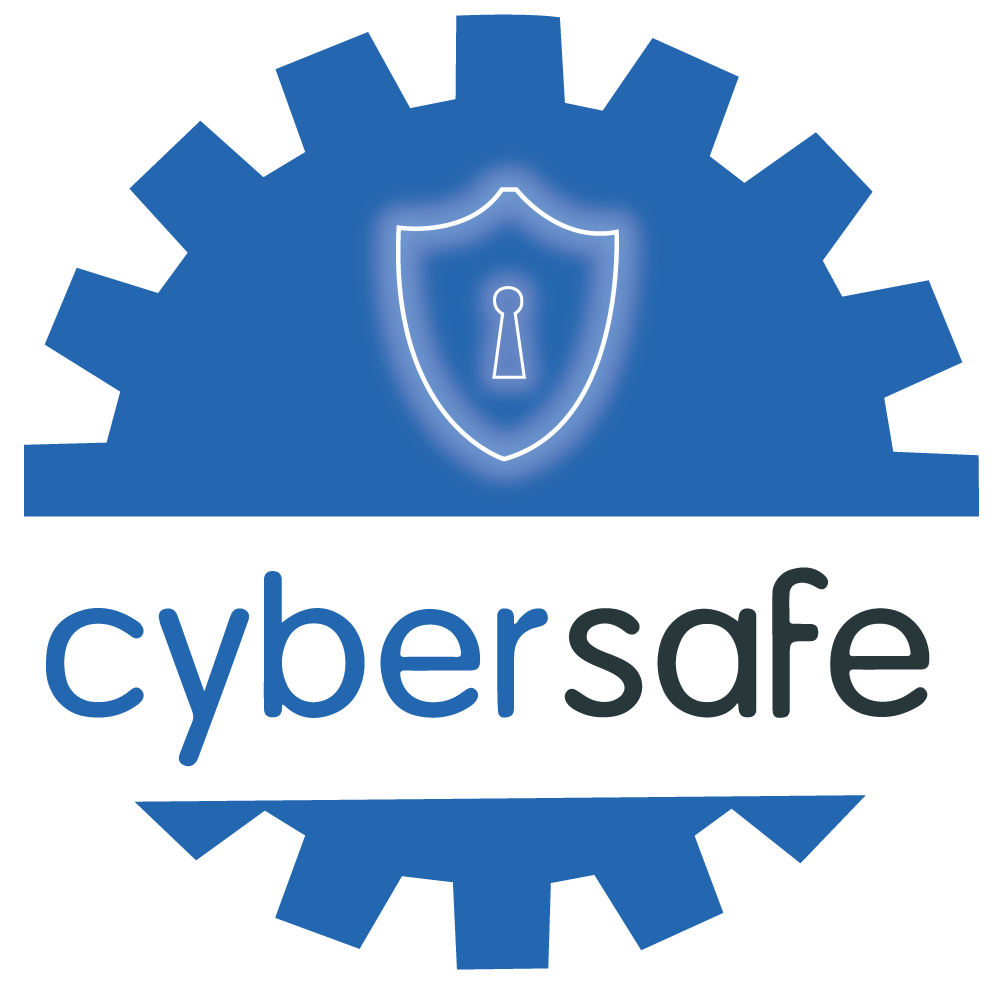Secure your Data and Boost Trust with Cyber Essentials Certification
Cyber Essentials is a UK Government-backed Security Framework developed by the National Cyber Security Centre (NCSC). It assists businesses in adopting simple steps to securing their information security (IT). It was launched in 2014 By the Centre NCSC and the UK Government.
Simple security controls for IT systems
Helps in setting up effective security policies
Demonstrates an organisation's commitment to security
Protects both the organisation and its customers
Mitigates the risk of cyber threats
Upgrade your Cyber Security:
Choose from our Cyber Essentials Certification Packages
Essential Package
- Access to secure assessment portal for submissions
- Cyber Essentials report and certification
- CyberSmart App
- Free Cyber Liability Insurance*
supported Package
- Access to secure assessment portal for submissions
- Cyber Essentials report and certification
- CyberSmart App
- Free Cyber Liability Insurance*
- Remote support throughout your journey to certification
Fully Managed Package
- Access to secure assessment portal for submissions
- Cyber Essentials report and certification
- CyberSmart App
- Free Cyber Liability Insurance*
- Remote support throughout your journey to certification
- Prefilled & guided questionnaire
- Fully managed solution
Simple
Effective
Commitment
Protection
Reduced-Risk
Investing in your Business's Cyber Security
Ensure your business is secure against cyber threats.
Keeping your data safe demands a strategic approach to safeguarding your business against cyber threats. It’s imperative to recognise that businesses of all sizes are increasingly targeted by cyber attacks. Often, the challenge lies in either the lack of expertise or time to strengthen cyber defences effectively.
Here’s where cyber security experts can help.
Find a Managed Cyber Security team that comprises of certified cyber security professionals who have collaborated with numerous businesses, empowering them to strengthen their digital defences. The right companies equip clients with tried and tested cyber security software and implement robust safeguarding strategies. In today’s business landscape, this level of protection is non-negotiable for organisations.
Consider partnering with experts to reinforce your company’s resilience against cyber threats and safeguard your digital assets effectively.
The five key control areas of Cyber Essentials

Firewalls
Firewalls are security systems that monitor and control internet traffic to your network, computers, and systems. They prevent unwanted access by identifying suspicious activity. Proper setup, including changing default/admin passwords, is crucial for their effectiveness.

Malware
Systems exposed to the internet need protection from malware, harmful programs intending unauthorized actions. This involves securing all internet-connected computers and utilizing updated anti-malware software with regular scans for early detection.

Access Control

Secure Configuration

Patch Management
Steps to Getting Cyber Essentials Certified
Before embarking upon the Cyber Essentials journey, it is important to understand what is required of your organisation to gain and sustain Cyber Essentials Certification:
Step 1
Understand what networks and devices will fall in scope of Cyber Essentials – this includes remote offices, serviced offices, home workers, your main business headquarters. Devices include Desktops, Laptops, Tablets, Thin Clients and mobile phones (if used for company data).
Step 2
Review your IT Security Policies and Procedures to see if they currently meet the requirements of the five Cyber Essentials Controls. You may need to change how certain things are done or managed to meet Cyber Essentials requirements, which should be reflected in your IT Security Policies and Procedures. Example of policies includes Password Policy or Administrator Access Policy.
Step 3
Complete and submit the Cyber Essentials Questionnaire. You will receive notification if the questionnaire needs some adjustments and if any alterations need to be implemented. You can then provide the required information and implement the required changes. Then resubmit the questionnaire.
Step 4
Once you are Cyber Essentials Certified, the work continues. Your organisation must make sure all controls, policies and procedures put in place are adhered to. Review your Cyber Essentials Dashboard to check the status and ensure devices under the assessment scope continue to be compliant. Review your policies regularly to ensure they still meet your and Cyber Essentials’ requirements.
Step 5
Cyber Essentials Certification is an annual commitment and will need to be renewed. As new threats emerge, additional controls may be added to Cyber Essentials requirements. Be aware of any other changes and implement the necessary controls and procedures to meet these requirements before submitting the newly released questionnaire.
Step 6
Are you looking to further your cyber security approach even more? Why not consider Cyber Essentials+? This certification takes all that you have put in place for Cyber Essentials to the test. An independent auditor will assess if the steps have been implemented to ensure your organisation is secure.
Your questions answered
Common questions
What is Cyber Essentials?
Cyber Essentials is a government-backed, industry-supported scheme that helps organisations protect themselves against common online threats.
Who needs Cyber Essentials certification?
Any organisation, regardless of size or sector, that wants to boost its protection against cyber threats and demonstrate to stakeholders its commitment to cybersecurity should consider Cyber Essentials certification.
What are the key controls in Cyber Essentials?
The scheme focuses on five key controls: secure configuration, boundary firewalls, access controls, patch management, and malware protection.
How does Cyber Essentials work?
Organisations must implement the five key controls to a satisfactory standard. They then complete a self-assessment questionnaire and have it independently verified by a certification body.
What is the difference between Cyber Essentials and Cyber Essentials Plus?
Cyber Essentials involves a self-assessment questionnaire, while Cyber Essentials Plus requires an independent assessment of the organization’s security controls.
How long does it take to get Cyber Essentials certified?
The time frame can vary depending on the current state of your cybersecurity, but generally, it can take a few weeks to a few months.
Does Cyber Essentials certification need to be renewed?
Yes, certification must be renewed annually to ensure ongoing compliance with the scheme’s requirements.
What benefits does Cyber Essentials certification bring?
Certification can help protect against cyber threats, demonstrate to stakeholders your commitment to cybersecurity, potentially lower insurance premiums, and meet certain government contract requirements.
